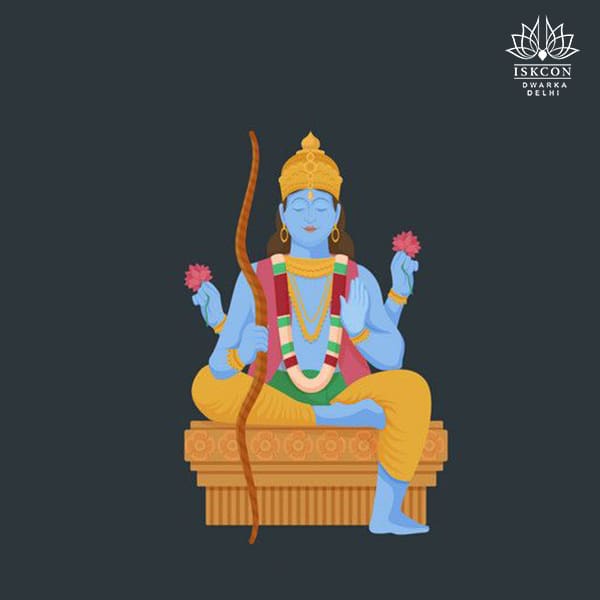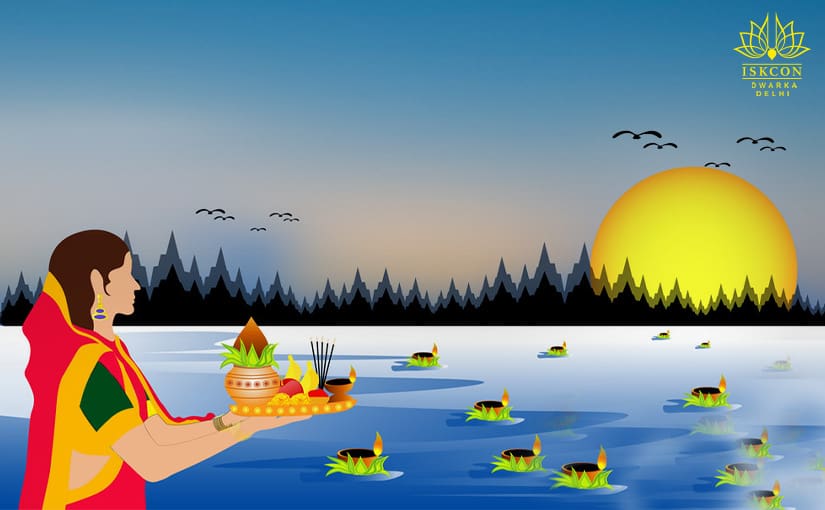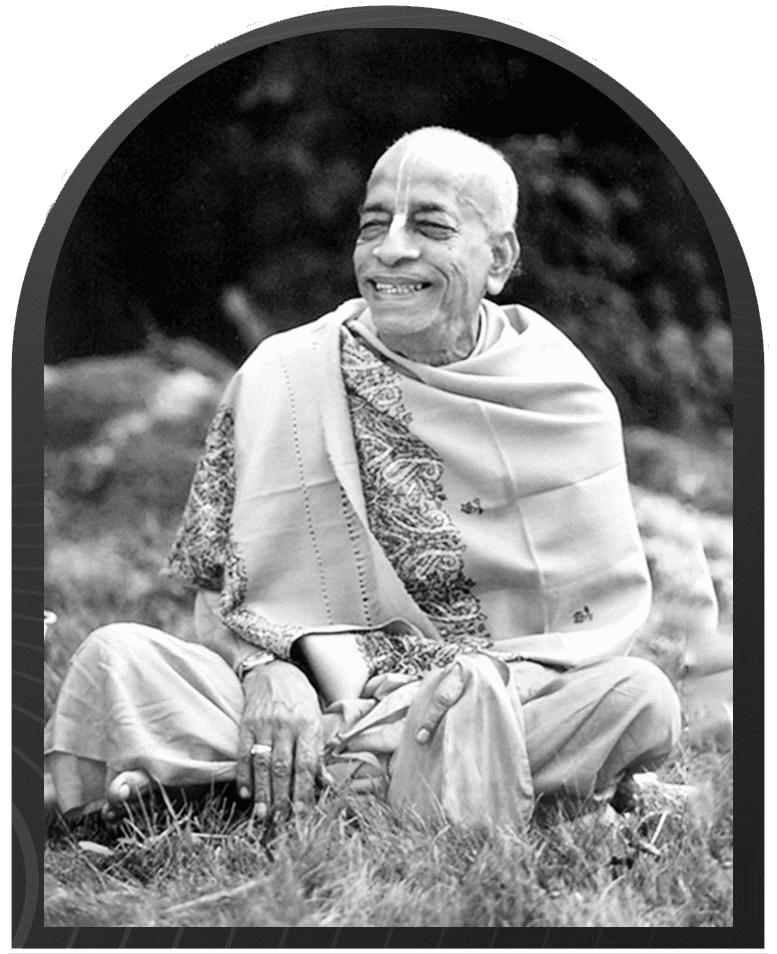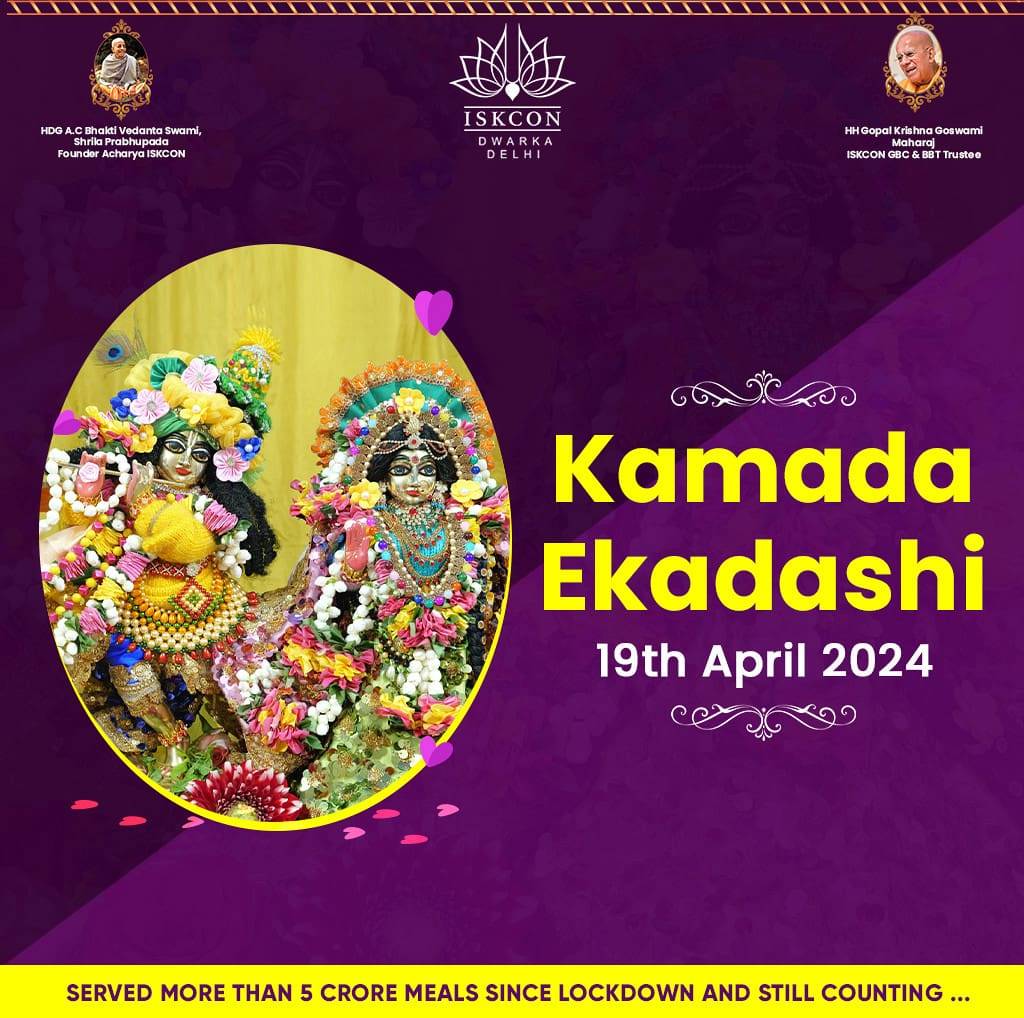Chhath pooja is an ancient Hindu festival dedicated to Sri Surya (the sun god) and Sri Surya’s sister, Chatimaiya. The festival is unique in the countries of Bihar, Jharkhand, eastern Uttar Pradesh, and Nepal. It is the only festival dedicated to Sri Surya, who is the source of all power.
The god of light, vitality, and energy is worshiped to promote well-being, development, and prosperity. Believers thank Sri Surya for a four-day important ritual. People who fast during this festival are called Vrati.
What Is the Story Behind Chhath Pooja?
The Chhath pooja story goes as: Legend has it that Chas Pooja has been practiced since the early Vedic period when sages prayed by exposing it to direct sunlight to gain energy and vitality from the fasting sun rays. Various people in their prayers still perform this ritual.
According to another legend, in ancient times, Draupadi and Pandava celebrated chat to solve problems and regain the lost kingdom. According to another legend, Chhath Puja was first performed by Sir Surya and Karna, a descendant of Kunti. Karna was the ruler of Angadesh, Bhagalpura, Bihar today.
Significance of Chhath Pooja


There is a great Significance of Chhath pooja. Several legends elaborate on the origin of Chhath Puja. Draupadi and Hastinapur Pandava have celebrated chat in ancient times to solve their problems and regain their lost kingdom. Some mantras from Rigvedic texts are chanted by believers while praying to the sun.
According to another legend, Chhath Puja was first performed by Karna, who is believed to be a descendant of Sir Surya and Kunti. He ruled Angadesh, Bhagalpura, Bihar today during the Mahabharata era.
According to legend, Chat Pooja in the early Vedic period is played. Legend has it that the wise men of the time were exposed to direct sunlight, gained energy from the sun’s rays, held pujas, and consumed no food at all.
Rituals of Chhath Pooja
The following are Rituals of Chhath pooja:
Day 1: Nahakai (bathing and eating) The first day of Dara Chat is called Nahakai. On this day, Vratti bathes, especially in the Ganges, and takes Prasad home with the holy water of the river.
Day 2: Karuna believers are keeping a long day (no water). They fast for a day, worship Chatimaiya, move Prasad to the east, and finish it in the evening. The product, also known as Prasad, consists of Rashaokir (milk-boiled rice), Pris (deep-baked puff pastry), or chapati and bananas. Prasad is distributed to other family members and neighbors.
Day 3: Sandhya Arghya (evening sacrifice): On Day 3, Vrattis continues to fast without water or food. One day is spent preparing the offerings of the Hoe. All offerings (Arga) are stored in Dauri (basket made of bamboo sticks), Spari (made of thin bamboo sticks), or metal baskets. What is offered consists of qua, puri, coconut, bananas, apples, oranges, and other seasonal fruits?
People go to rivers, ponds, or other clear waters to perform night rituals. All Vrattis, family, friends, and neighbors gather and dedicate Sandhya Arghya to the sun god.
Kosi (Kosiya): Kosi bharna or Kosiya is one of the most brilliant and beautiful events in Chath Pooja. After Sandhya Arghya or Sanjhiya Ghaat, it is celebrated in Angna or Kosi’s house courtyard. Koshi is usually a clay pot or lamp behind five sugar cane sticks or 24 sugar cane sticks tied with a yellow cloth. The same ritual of Koshi is celebrated in the Ghat early in the morning before Borwa, Bihani, or Morning Arga.
Day 4: Bihaniya or Bhorwa Ghat (Arghya morning): This is the last or last day of this auspicious holy festival. After arghya, believers kneel on the Ghat, worship Chathi Maiya, distribute thekua, and go home. After returning from the ghat, the believer or Vlatis is blessed by the elders and eats ginger in water and fasts.
How is Chhath Celebrated?
During the Chat Pooja, there is also a tradition of “Dand Watt Planama” or “Dand Kinchina.” Both men and women who want or want to succeed in something vow to go to Chatgart by lying on the floor in simple clothes and greeting. They start “Dandwat Pranaam” shortly after Chath Daura arrives at the Ghat.
With the help of “Kanda,” a type of stick that can be easily found nearby or in the field, the devotee lays on the floor with the help of the stomach and is rounded by reaching out with both hands at “Pranham Mudra.” Draw a line. After arriving at Ghat after “Dand,” believers bathe in the holy river and worship Chatimaiya.
Conclusion
The ancient celebration of Chhath Puja is dedicated to Bhagwan Surya (Sun God). It is a blessing to thank Surya for giving her a blessing and receiving life and energy on Earth. Chhath Puja’s rituals and traditions are so strict that vratti or followers fast for 36 hours without a sip of food or a drop of water. Here we will take a closer look at rituals and traditions.





